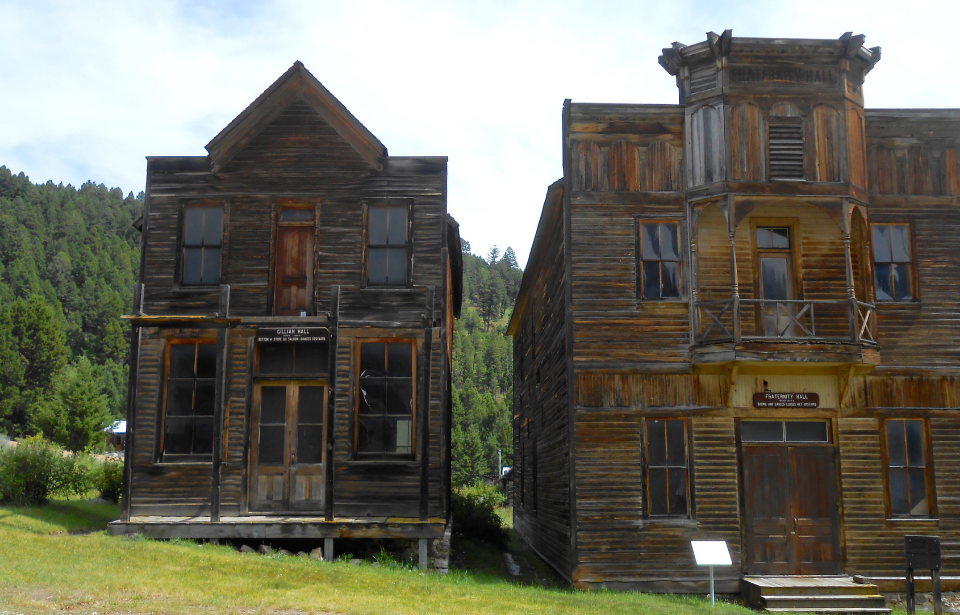The town of Elkhorn, Montana looks like something right out of a Western film. As the silver boom flourished in Montana, small towns sprung up around the mines. Elkhorn was one of these small mining towns and is still standing today. In 2010, the population of Elkhorn was only 10 people. Today, it is considered to be a ghost town representing a time long gone.
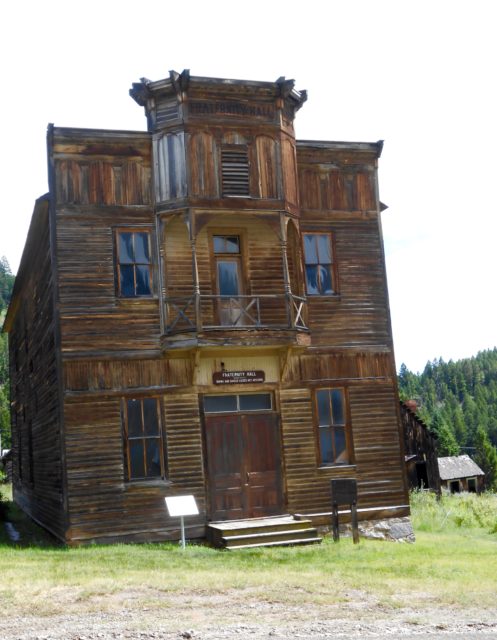
In the 1800s, silver mining was a major industry in Montana. In fact, between 1883 and 1891, Montana was second only to Colorado in silver production. Throughout the 1800s, silver was used to create U.S. coinage, making Montana a very desirable place to be.
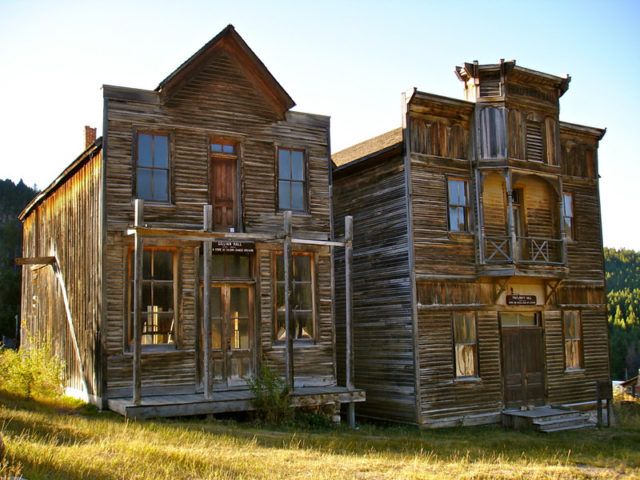
Small mining towns began popping up throughout the state of Montana because of this silver boom. The first individual to discover silver in the Elkhorn area was a Swiss immigrant named Peter Wys.
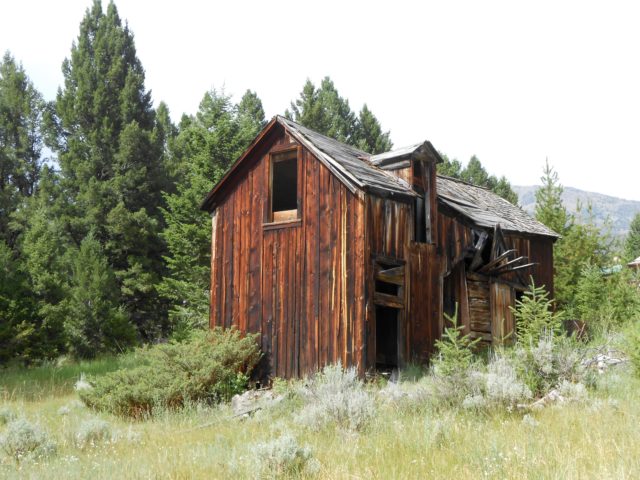
The Elkhorn Mine was first established in 1875, but didn’t start producing significant amounts of silver until the 1880s. In 1890, the Sherman Silver Purchase Act was passed, which required the secretary of the treasury to purchase 4,500,000 ounces of silver at market price each month. The passing of this act meant that Elkhorn’s silver was in much higher demand. The town’s population was soon booming.
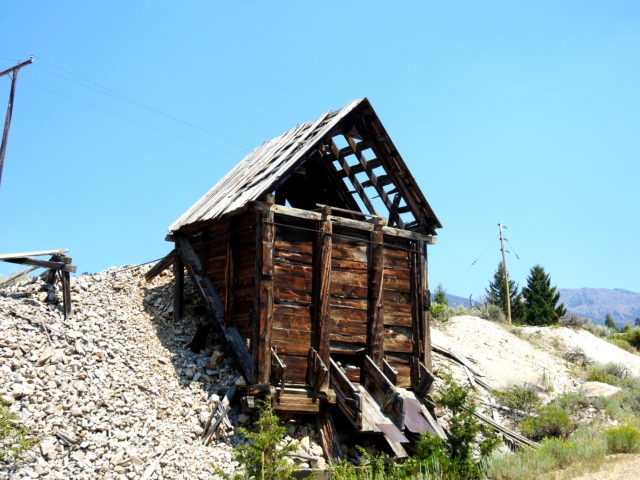
At its peak around 1886, Elkhorn had a population of over 2,500 residents. During this era, it was typical for mining towns to be primarily populated by single men. Elkhorn, on the other hand, was a family town. There was a school, a hotel, a church, and a saloon all located in Elkhorn. Families used to gather together at Fraternity Hall, which remains the best-preserved building in Elkhorn today.
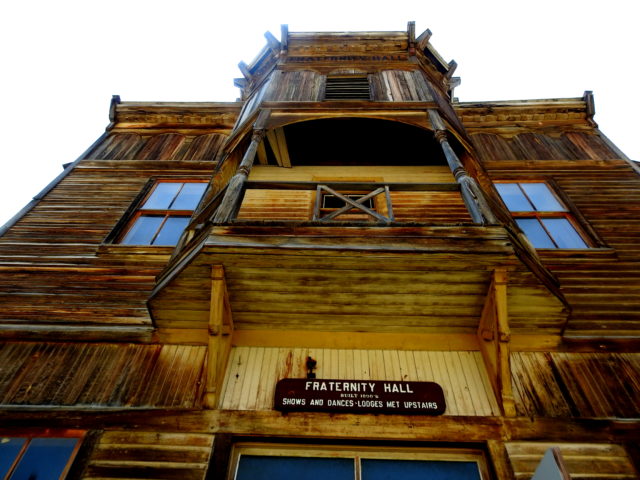
The residents of Elkhorn began to disappear gradually. In the winter of 1889 and 1890, there was a terrible diphtheria outbreak that killed many children living in the mining town. In one terrible case, a mother died from diphtheria alongside all five of her children within a one-week period.
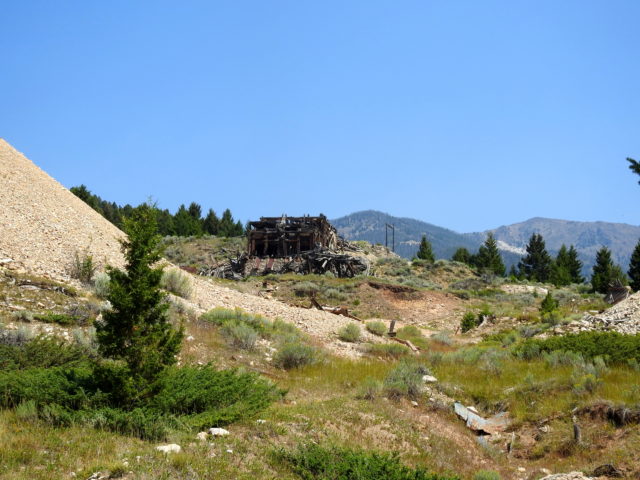
Soon after the diphtheria outbreak ended, the railroad service to Elkhorn was stopped. By this point, the desire for silver had decreased and families living in Elkhorn slowly started to drift away. By 1924, the post office in town had closed. In 1931, the railroad tracks were dismantled for scrap metal. At this point, the town of Elkhorn was left to die.
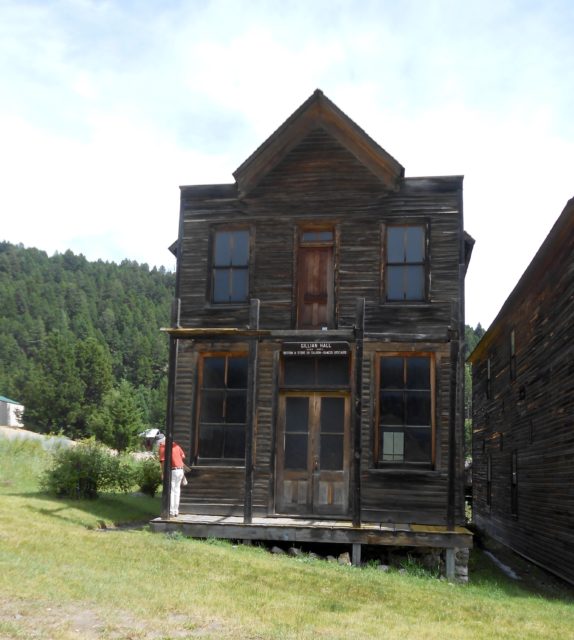
More from us: Hashima Island, Mitsubishi’s Abandoned Coal Mining Hub
In 1980, the state of Montana designated Fraternity Hall and Gillian Hall as Elkhorn State Park. Today, the one-acre Elkhorn State Park is the smallest state park in Montana. The second floor of Fraternity Hall is open to the public.
